Introduction
As we navigate through 2025, the realm of software development is witnessing transformative changes. To stay ahead of the competition, it’s imperative to understand and adapt to these emerging trends. This article explores the top software development trends in 2025, offering a comprehensive overview of the technologies and methodologies revolutionizing the industry.
1. Artificial Intelligence and Machine Learning Integration
Artificial Intelligence (AI) and Machine Learning (ML) have become integral components of modern software development. In 2025, their integration has reached unprecedented levels, automating complex tasks and enhancing decision-making processes. AI-driven tools are now capable of generating code, identifying bugs, and optimizing performance, thereby accelerating development cycles and reducing human error.
For instance, AI-powered coding assistants like GitHub Copilot have transformed the way developers write code, providing real-time suggestions and automating routine coding tasks. This not only boosts productivity but also allows developers to focus on more strategic aspects of software creation.
2. Quantum Computing: The Next Frontier
Quantum computing stands at the forefront of technological innovation in 2025. Its potential to solve complex problems at unprecedented speeds is revolutionizing industries such as cryptography, material science, and pharmaceuticals. Developers are now exploring quantum algorithms and programming languages like Qiskit and Cirq to harness the power of quantum processors.
Companies like IBM and Google are leading the charge, making quantum computing more accessible to developers and researchers. As this technology matures, it promises to unlock new possibilities in software development, enabling solutions to problems previously deemed unsolvable.
3. Low-Code and No-Code Development Platforms
The rise of low-code and no-code platforms is democratizing software development in 2025. These platforms empower individuals with minimal coding experience to create applications through intuitive drag-and-drop interfaces. This shift not only accelerates the development process but also reduces the dependency on specialized developers, allowing businesses to innovate rapidly.
Platforms such as Bubble and Zapier exemplify this trend, enabling users to build functional applications without writing extensive code. This democratization fosters a culture of innovation, as more individuals can contribute to software development, leading to a diverse range of applications tailored to specific business needs.
4. Blockchain Beyond Cryptocurrency
Blockchain technology has transcended its origins in cryptocurrency to become a foundational element in various sectors in 2025. Its inherent characteristics of transparency, security, and decentralization make it ideal for applications beyond digital currencies. Industries such as supply chain management, healthcare, and finance are leveraging blockchain to enhance data integrity and streamline operations.
For example, blockchain is being used to create immutable records of transactions, ensuring data accuracy and reducing fraud. In healthcare, it enables secure sharing of patient records among authorized providers, enhancing collaboration and patient outcomes.
5. Internet of Things (IoT) Expansion
The Internet of Things (IoT) continues its exponential growth in 2025, connecting a vast array of devices and enabling seamless communication between them. This interconnected ecosystem allows for real-time data collection and analysis, driving smarter decision-making across industries.
In smart cities, IoT devices monitor and manage infrastructure, optimizing energy usage and improving public services. In manufacturing, IoT sensors track equipment performance, predicting maintenance needs and reducing downtime. The proliferation of IoT devices is transforming how businesses operate, offering new opportunities for efficiency and innovation.
6. Cloud-Native Development
Cloud-native development has become the standard approach in 2025, enabling organizations to build and deploy applications rapidly and at scale. By utilizing microservices architecture, containers, and serverless computing, developers can create modular applications that are resilient and easily maintainable.
Platforms like Kubernetes have become essential tools, orchestrating containerized applications and ensuring seamless deployment across diverse environments. This approach enhances scalability and flexibility, allowing businesses to respond swiftly to changing market demands.
7. Augmented Reality (AR) and Virtual Reality (VR) Integration
Augmented Reality (AR) and Virtual Reality (VR) technologies have matured significantly by 2025, finding applications beyond entertainment. Industries such as education, healthcare, and retail are integrating AR and VR to enhance user experiences and deliver immersive solutions.
In education, AR enables interactive learning experiences, allowing students to visualize complex concepts. In healthcare, VR is used for surgical simulations and patient rehabilitation, providing safe and controlled environments for practice and recovery. The integration of AR and VR is transforming how we interact with digital content, offering new dimensions of engagement.
8. Cybersecurity: A Paramount Concern
With the increasing sophistication of cyber threats in 2025, cybersecurity has become a paramount concern for organizations worldwide. The rise of AI-driven attacks necessitates the adoption of advanced security measures to protect sensitive data and maintain trust.
Organizations are implementing proactive cybersecurity strategies, integrating security measures at every stage of the software development lifecycle. AI-powered threat detection systems analyze patterns and behaviors to identify potential vulnerabilities before they can be exploited. This proactive approach is essential in safeguarding against the evolving landscape of cyber threats.
9. Progressive Web Apps (PWAs)
Progressive Web Apps (PWAs) have gained prominence in 2025 as a means to deliver seamless user experiences across devices. Combining the best features of web and mobile applications, PW


